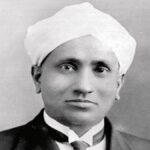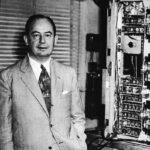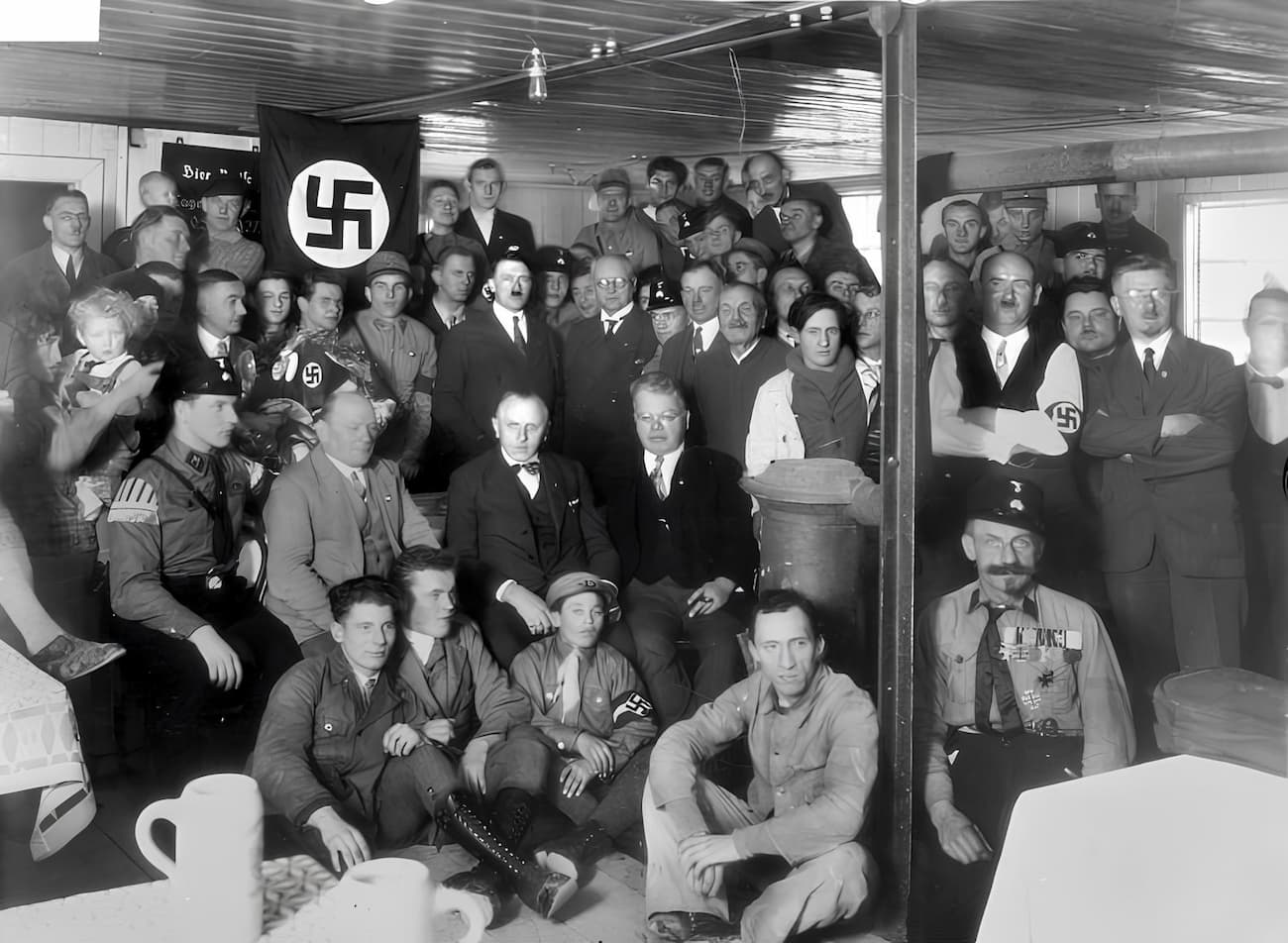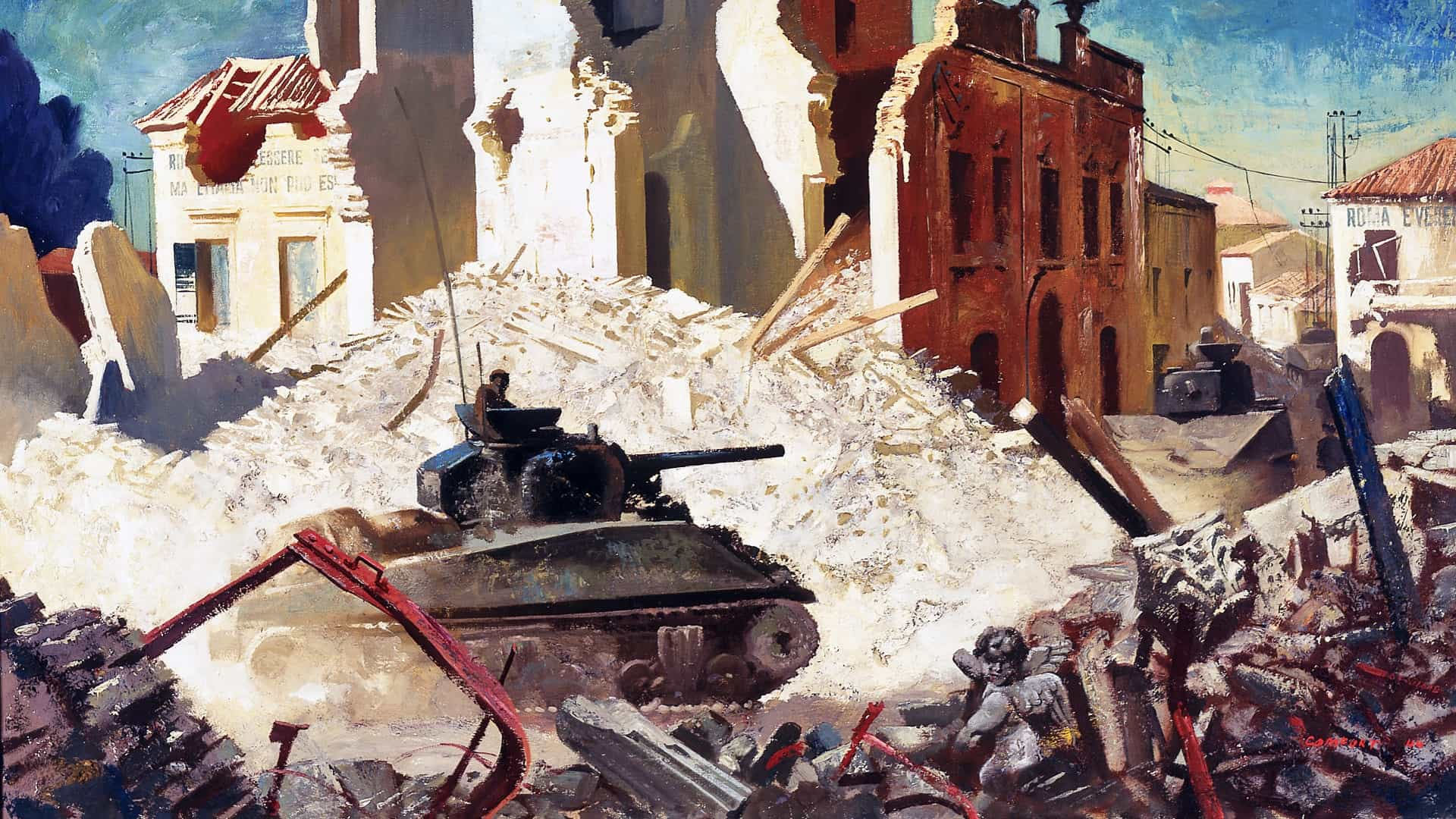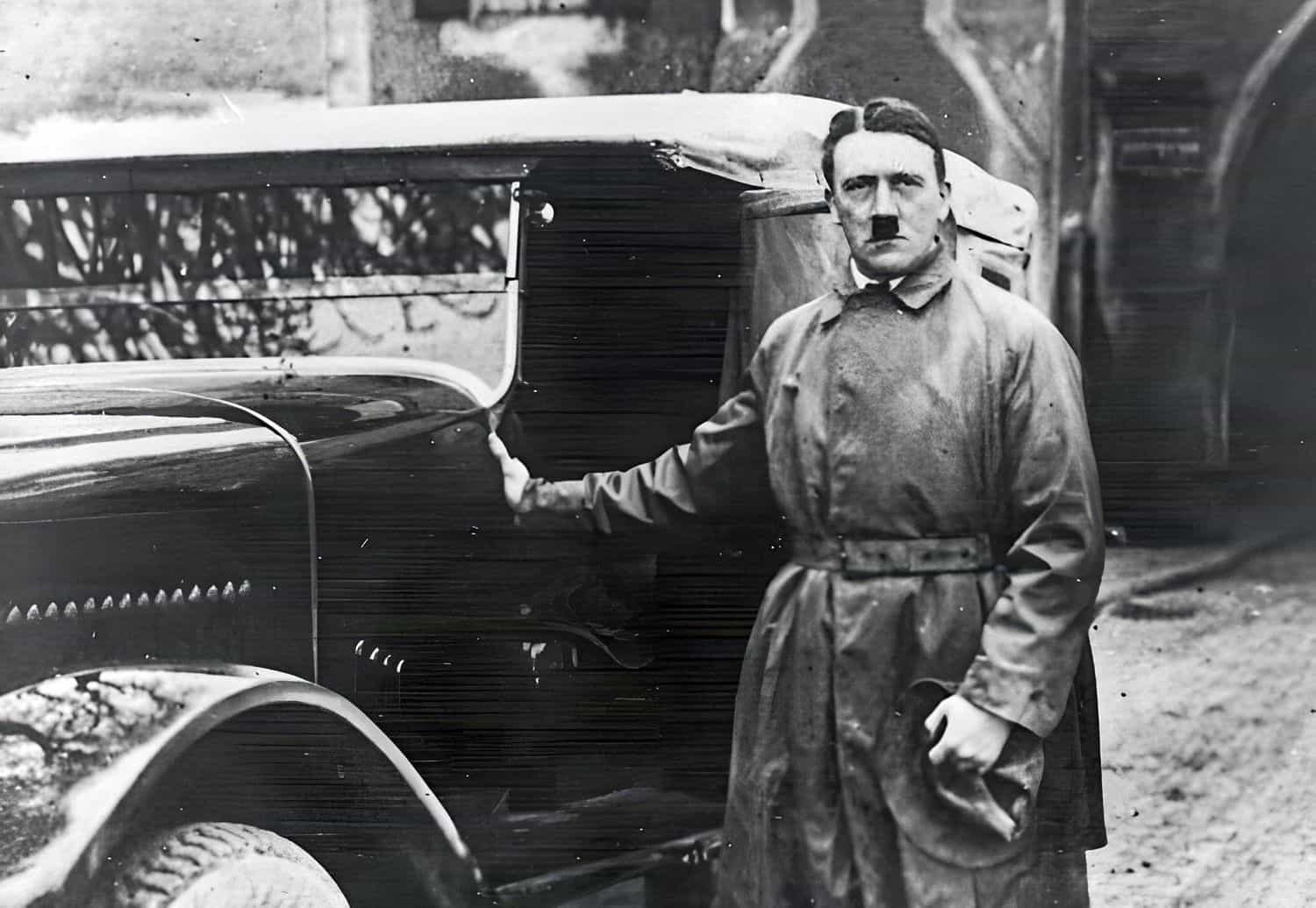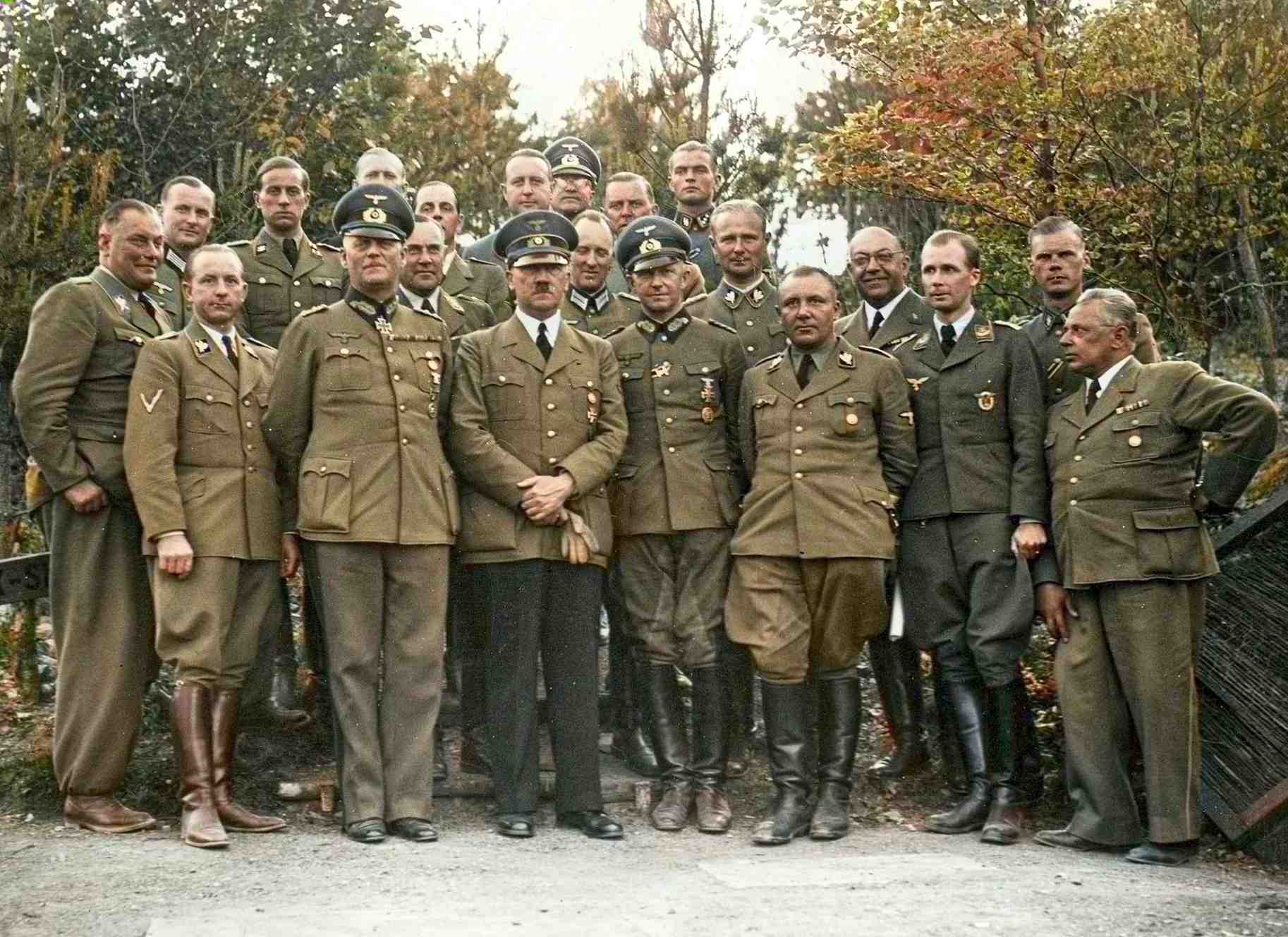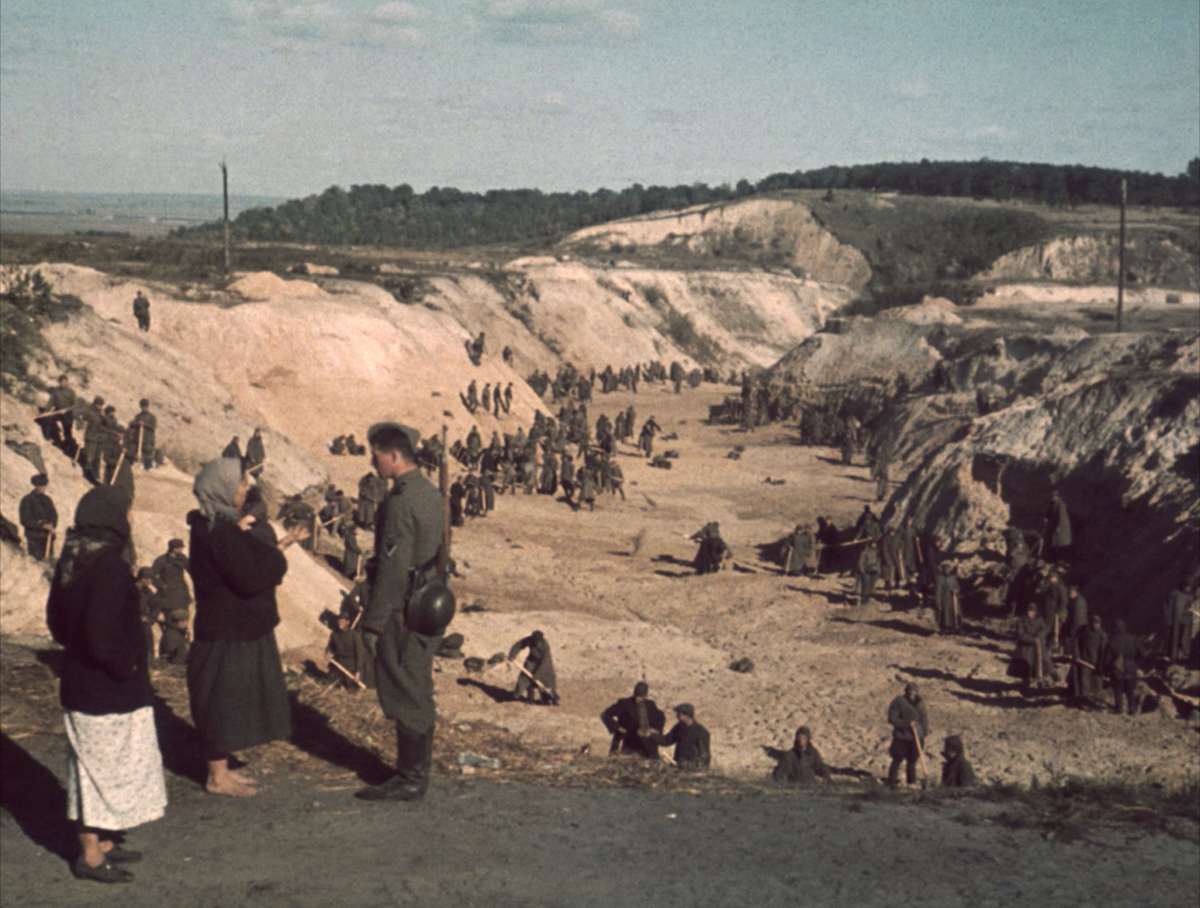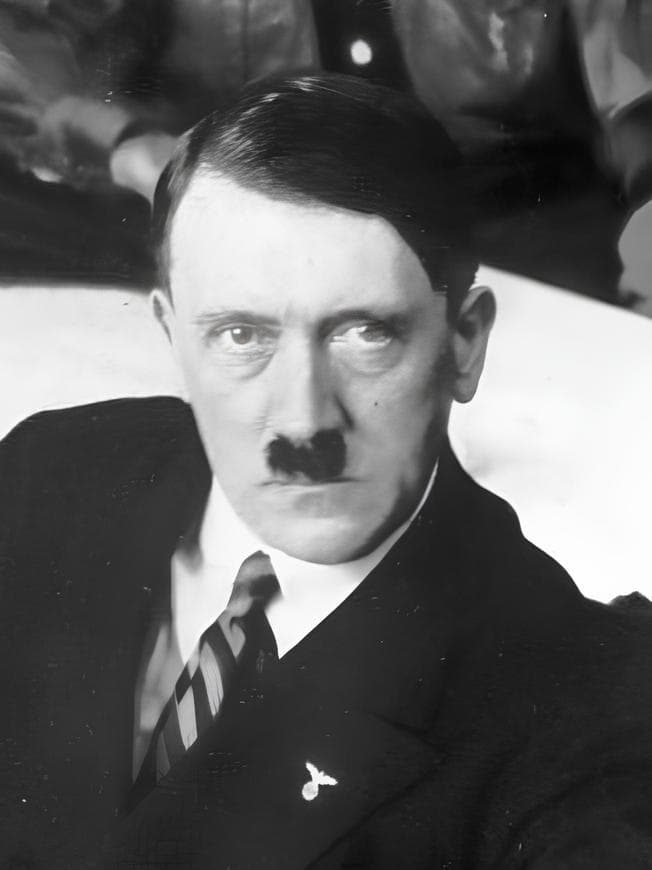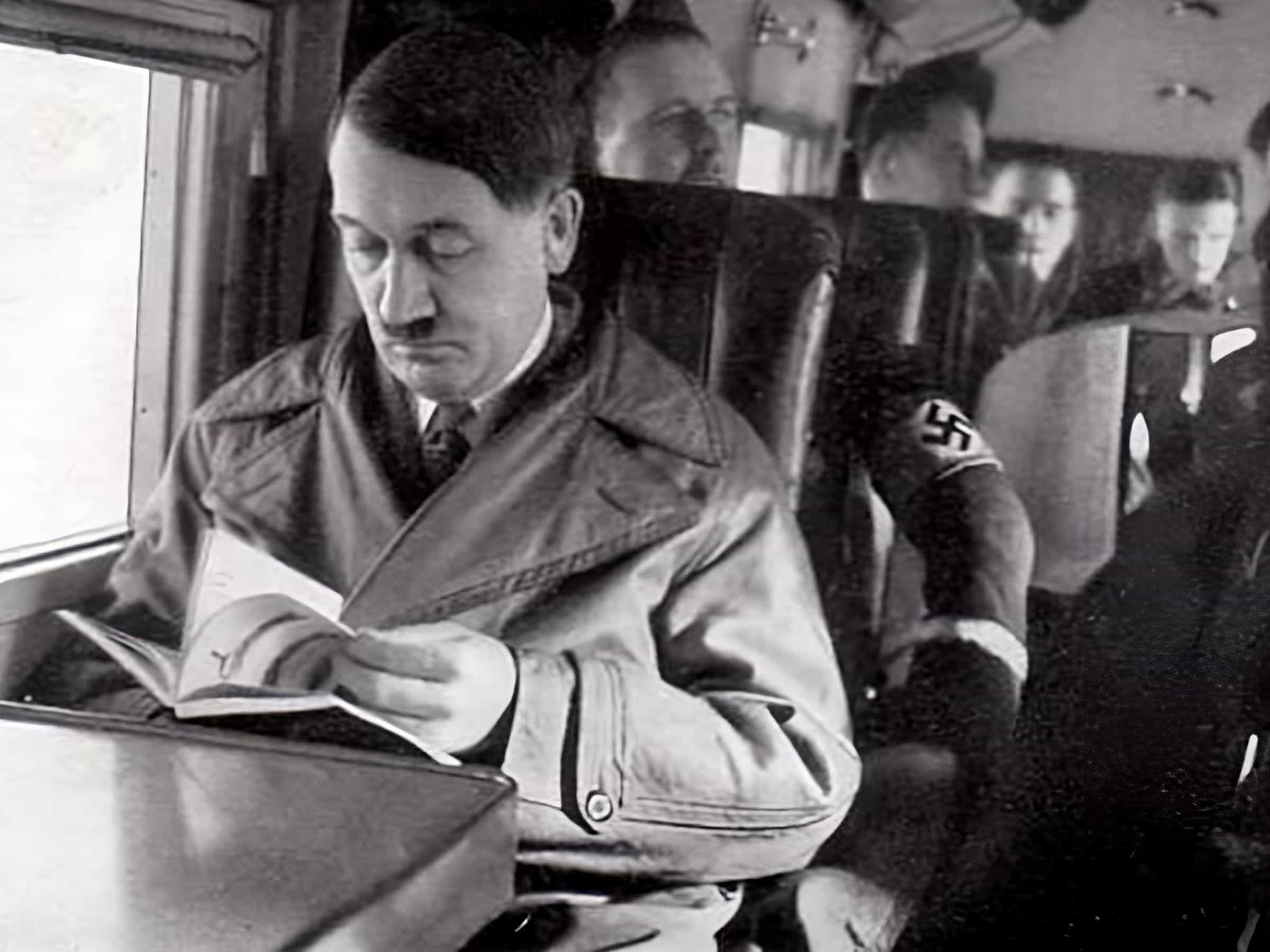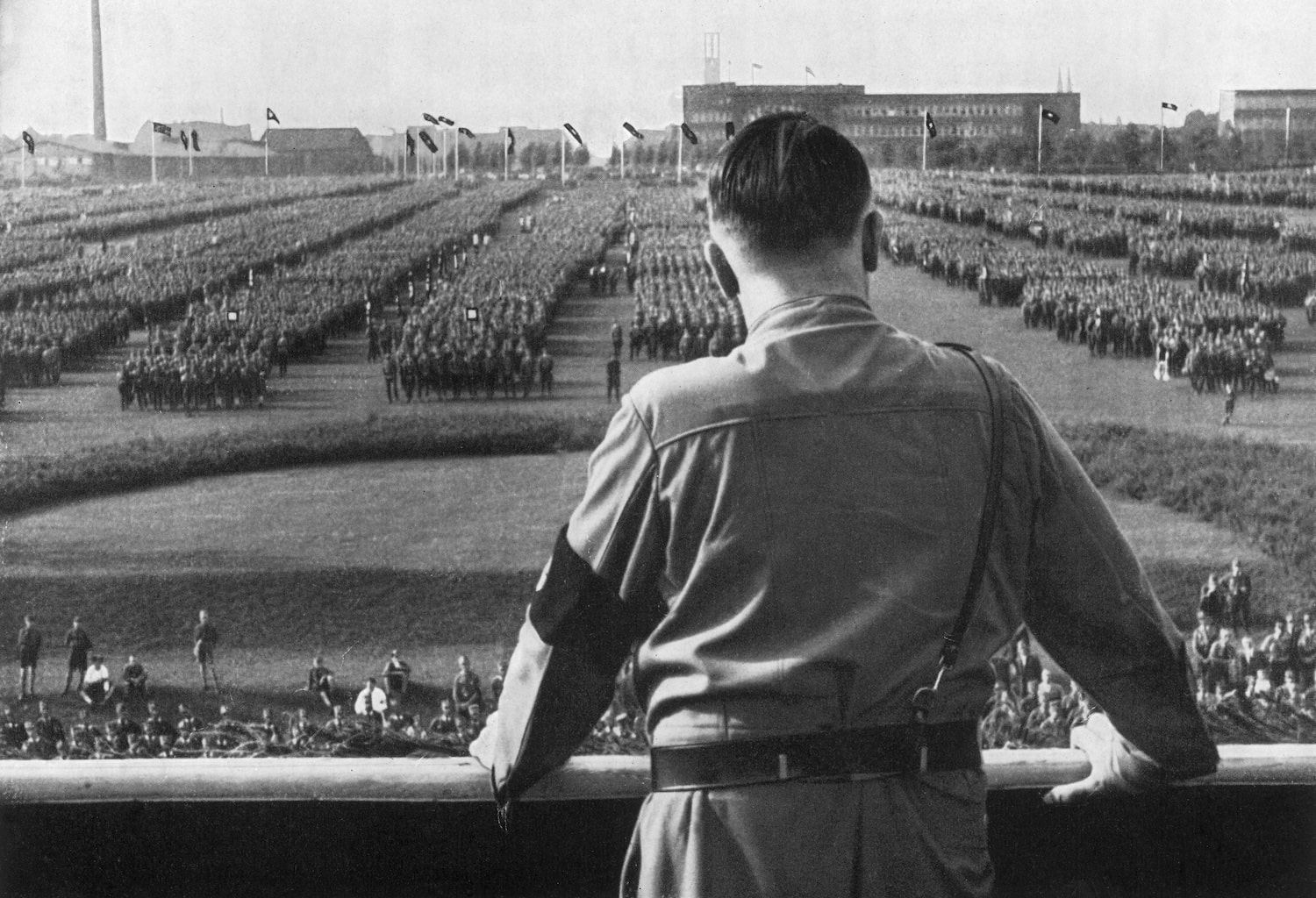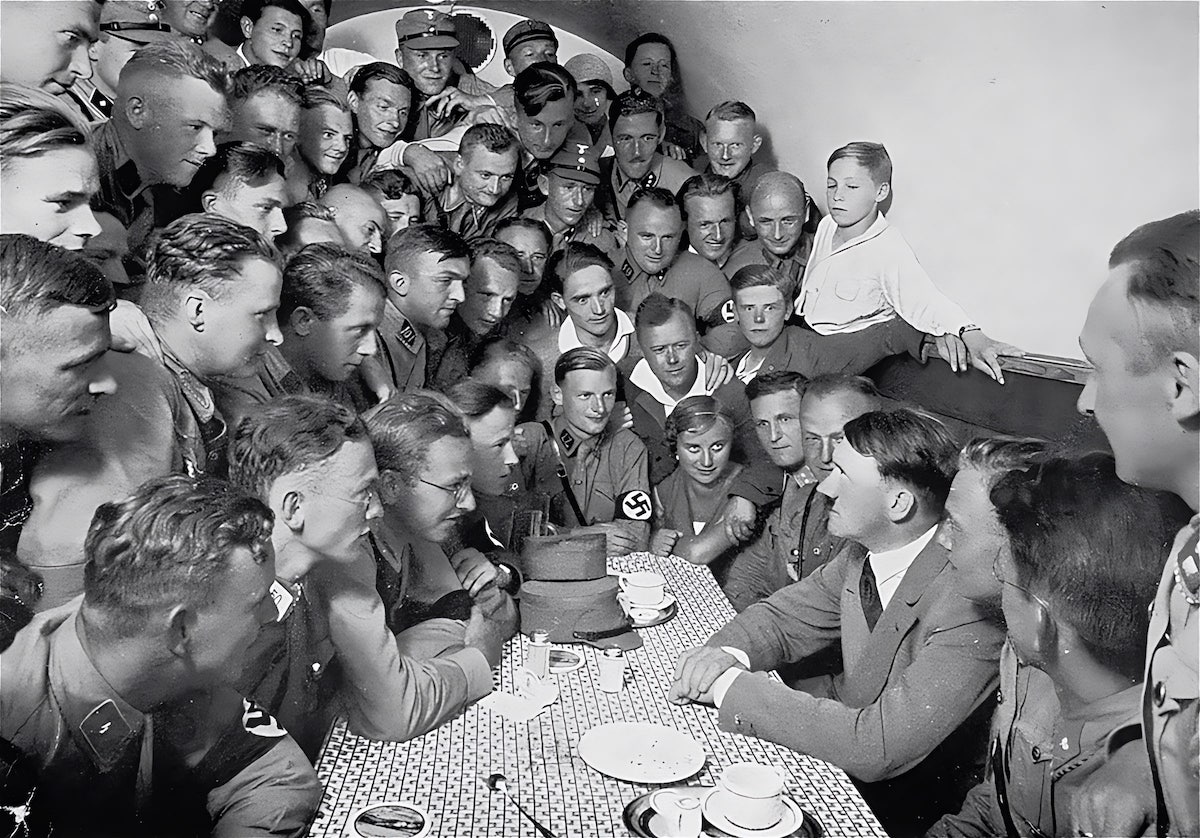Adolf Hitler was born in 1889 in the village of Braunau, near the Austrian border with Bavaria, the son of a low-ranking customs officer. For the first 25 years of his life, he drifted from place to place on his own. Twice rejected from the Academy of Fine Arts in Vienna, he broke down and made a living doing odd jobs, such as beating carpets. Just before World War I, he joined a prejudice shared by many in Vienna and began to see Jews as the scourge of Europe.
- Frequently asked questions about Adolf Hitler
- The life of Adolf Hitler
- Nazi election tactics
- What was the Night of the Long Knives?
- Hitler’s enormous power
- Who were the Gestapo, SA, and SS?
- Neville Chamberlain and his crucial mistake
- The rise of the Nazis and Hitler
- The planned Reichstag fire
- Nazis undid democracy
- IMPORTANT DATES ABOUT ADOLF HITLER
Frequently asked questions about Adolf Hitler
u003cstrongu003eWhat is Adolf Hitler’s historical importance?u003c/strongu003e
Nazism altered history. Hitler was responsible for the outbreak of u003ca href=u0022https://malevus.com/world-war-ii/u0022 data-type=u0022postu0022 data-id=u002214386u0022u003eWorld War IIu003c/au003e, which ultimately resulted in the deaths of fifty million people. He bolstered Soviet influence in Eastern and Central Europe and the Balkans. Then, with the aid of the US and the USSR, he aided a Communist revolution that overthrew the Chinese government and shifted power away from Western Europe. Under his rule, Hitler ordered the deaths of 6 million Jews and others.
u003cstrongu003eu003cstrongu003eHow did Adolf Hitler rise to power?u003c/strongu003eu003c/strongu003e
Hitler joined the Nazi Party in 1919. As an orator and propagandist, he became party leader shortly after. Hitler’s popularity soared throughout the u003ca href=u0022https://malevus.com/great-depression/u0022 data-type=u0022postu0022 data-id=u00228029u0022u003eGreat Depressionu003c/au003e. Hindenburg named Hitler Chancellor in 1933. The Reichstag fire the following month provided justification for suspending all freedoms. Hitler signed the Enabling Act on March 23. After Hindenburg’s death in 1934, Hitler became Führer.
u003cstrongu003eu003cstrongu003eHow did Adolf Hitler start World War II?u003c/strongu003eu003c/strongu003e
Hitler was inspired by the goal of unifying German peoples and the quest for Lebensraum, the u0022living spaceu0022 that would make the Germans economically self-sufficient and militarily strong. On September 1, 1939, Germany attacked Poland, where French and British military help was assured in the case of an assault. Both nations declared war on Germany two days later, starting World War II.
u003cstrongu003eu003cstrongu003eWho were the most important officers under Adolf Hitler?u003c/strongu003eu003c/strongu003e
After Hitler, Goebbels killed himself after being chancellor for a day. Hitler’s other important officers were: Hermann Göring, chairman of the Nazi Party and architect of the Nazi State Police in Germany; Heinrich Himmler, Hitler’s second-in-command; Joachim von Ribbentrop, foreign minister and principal treaty negotiator; Martin Bormann, one of Hitler’s closest lieutenants; and Walther Funk, Reichsbank president.
u003cstrongu003eu003cstrongu003eHow did Adolf Hitler die?u003c/strongu003eu003c/strongu003e
On April 30, 1945, as Soviet troops were about to attack Berlin, Hitler killed himself with cyanide and a gunshot. His wife, the model Eva Braun, also took her own life. As instructed, both were set on fire and buried. It was widely speculated that Hitler was still alive after the Soviets claimed they couldn’t confirm his death. The Soviets recovered Hitler’s dental records from his charred bones. His ashes were scattered into a river in 1970.
The life of Adolf Hitler
Hitler joined the war as a corporal. He was a loyal soldier in the army and earned a medal twice. In 1918, his vision was damaged in Ypres, and during the treatment, he decided to become a politician. In 1920, Hitler was enrolled in the small German Workers’ Party and soon became the leader. By 1923, he had given the party a new name: the National Socialist German Workers’ Party, or Nazi for short.
He created the SA, a bandit group of former soldiers, and gave the party’s message with a kick and baton in Munich for the first time. The plan to overthrow the Bavarian government as a way to get ready for an attack on Berlin failed, and Hitler spent all of 1924 in prison for his part in the failed uprising.
There he wrote his first book, Mein Kampf (My Struggle), with the help of a friend, Rudolf Hess, who would later become the vice president of the Nazi Party. Hitler underestimated democracy in his book through the theories he made with prejudices collected from various sources. He expressed his hatred for Jews and Slavs and shared his intention to create a Lebensraum (habitat) in Eastern Europe based on his idea of a superior race. However, Hitler had learned from the Munich fiasco and decided to use parliamentary means to eradicate democracy. He put together a group of people who were loyal to him. Some of them were self-taught, like Goebbels, Goring, Ernst Rohm, and Heinrich Himmler, who were in charge of propaganda events like the Nuremberg Rallies.
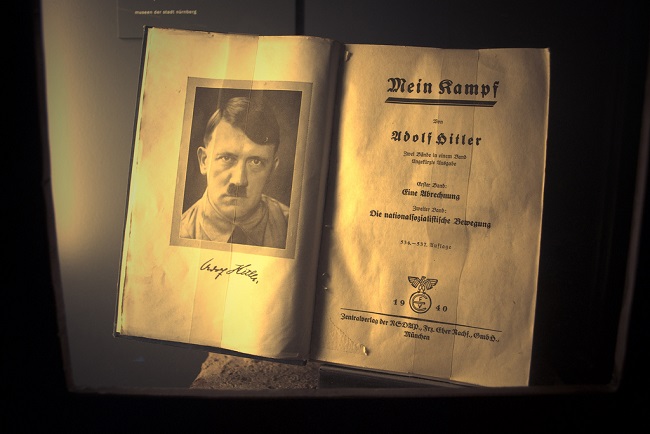
By using his oratory skills, Hitler washed the nation’s brain in a short time on a series of trips, with the promise of a new and powerful Germany that would rise from the ashes of old Germany.
Nazi election tactics
During the campaign, Hitler always focused on two strong themes that deeply affected the hearts of most Germans. The first is the tale of the German Army being stabbed in the back in 1918. According to the theory, if the weak politicians had not surrendered by then, Germany would have won the world war. The second was the argument that the provisions of the 1919 Versailles Peace Treaty turned Germany into a second-class nation by seizing German territory, requiring very high compensation, and forbidding the rearmament of Germany.
According to Hitler, the Weimar Republic, founded in 1919, ruled Germany in the interests of Jewish-capitalist cooperation. Big business saw Hitler as a defense against Communism, and his hatred of Jews gave the unemployed and poor a scapegoat to take the blame for their problems.
The 1929 Great Depression helped the Nazis become the second-biggest party in the Reichstag in 1930. In the 1932 elections, the number of unemployed reached almost 6 million, while the Nazis became the largest party in the state. It was two months before Hitler achieved his political goal.
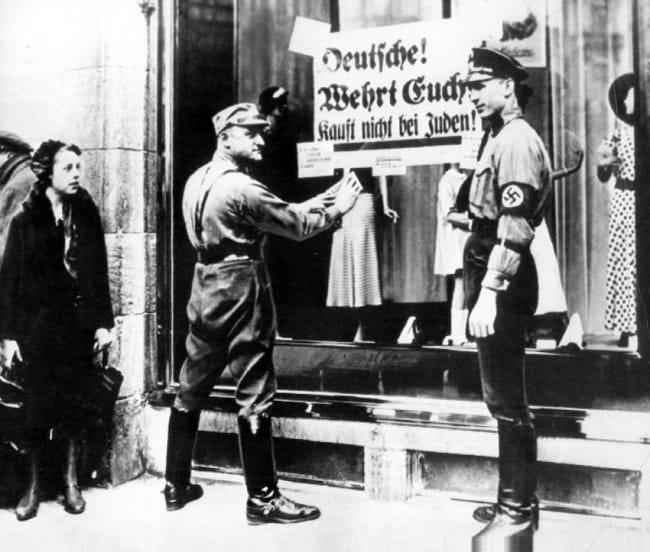
What was the Night of the Long Knives?
In the spring of 1934, Hitler began receiving reports from the SS and the Gestapo that SA leaders were preparing a conspiracy for him. The reports were fake, but Hitler believed them. SA was now a force of 2.5 million people, and many leaders like Röhm were proposing a pure socialist revolution. Furthermore, the Regular Army should have been led by a single defense minister, with the SS and SA led by Röhm. It was time for SA to be brought into line.
Early on the morning of June 30th, SS officers took Röhm from his bed. He was sleeping in a hotel outside Munich. He was thrown into prison and was offered suicide. Röhm said, “If I am to be killed, let Adolf do it himself.” Instead of Hitler, two SS officers performed the task. During that night and weekend, many other SA leaders and Hitler’s political opponents were assassinated. This is known as the “Night of the Long Knives“.
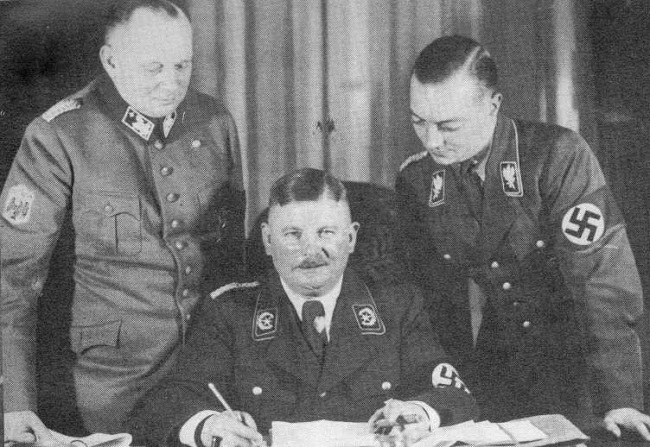
Some officials say hundreds of them were killed; others say it was thousands. Despite the fact that these events were widely publicized, no one objected, including the press, the church, soldiers, or the party itself, demonstrating how Hitler enslaved the German people.
Hitler advocated cleaning up the SA in the Reichstag on the grounds that Röhm was homosexual. Hitler was able to persuade army officers that SA was no longer a threat, and it was at this point that Hitler benefited from the slaughter because he needed the army’s support. On his deathbed, Hindenburg wrote a telegram to Hitler saying, “You have saved the German nation from serious danger,” and continued, “He who would make history must also be able to shed blood.“
Hitler’s enormous power
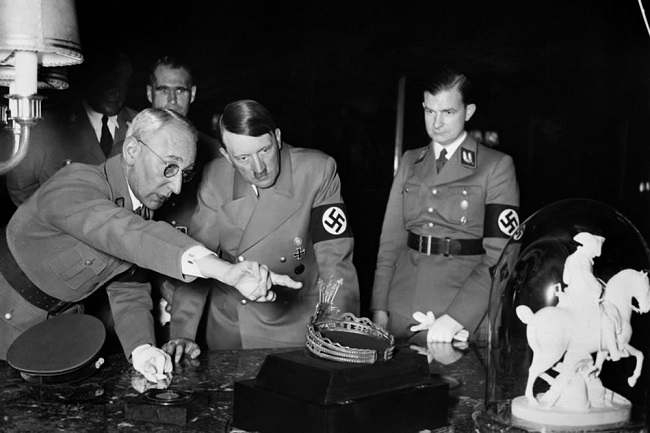
Hitler took on the chancellor’s post in 1933 after receiving the support of almost one of every two Germans in the election held three months ago. For the next five years, he established his own administration without knowing any rules, crushed all possible sources of opposition, and eventually boasted that “It is my ambition not to know a single statesman in the world who has a better right than I to say that he is a representative of his people.“
By 1937, the unemployed had fallen from 6 million to 1 million. Hitler had created an extensive public service program, with particular emphasis on road construction. He also created a program for the armament industry, which had made great strides. Previously, a 100,000-person army with no modern weapons was transformed into a formidable fighting force.
It was a slap in the face for England and France because it simply violated the Treaty of Versailles. Hitler struck blow after blow, retaking the Rhineland in 1936 and swallowing Austria and the Czech Sudetenland in 1938, but the Western powers responded with shaky protests.
On the other hand, the Nazis’ obsessive campaign against Jews was gaining momentum, and the horrible days of the “Final Solution” were getting closer.
Who were the Gestapo, SA, and SS?
Hitler’s names and uniforms were those of fearful organizations.
- Gestapo: Geheime Staatspolizei, or Secret State Police, was founded in 1933 by Hermann Göring to arrest and interrogate political criminals.
- Sturmabteilung: Also known as Brown Shirts, the Nazi militia power was founded by Hitler in 1923 and eliminated in 1934.
- Schutzstaffel: The arm of the Nazi Party in black uniform, passionately bound to Hitler. It was first established as the Führer’s bodyguard, then expanded and became an army. Although the difference between the two is not clear, it had two branches: the Totenkopf or “Skull” SS, charged with concentration camps, and the Waffen or “Warrior” SS, which claims to be an elite military unit. The difference between the two is often incomprehensible.
Neville Chamberlain and his crucial mistake
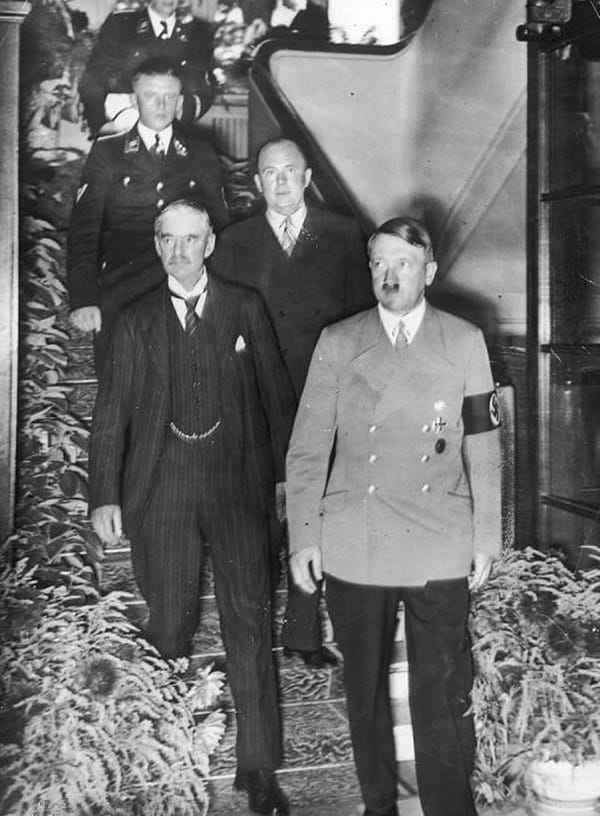
When British Prime Minister Neville Chamberlain returned home from his meeting with Hitler in Munich in September 1938 where he received the promise of not getting attacked, he said, “I believe it is peace for our time.” Of course, this has its place in history as a big lie.
The rise of the Nazis and Hitler
Let’s evaluate how Adolf Hitler and the Nazis conquered the country step by step. This is a significant example of how economic issues in countries can damage people’s decision-making abilities.
The troops endlessly flowed through the Brandenburg Gate in front of the imposing Chancellery building from the lush Unter den Linden boulevard. The torches held high by the soldiers created a river of fire. It was the evening of January 30, 1933, and Berlin was witnessing the most magnificent scenery in its history. That afternoon, the president of the nation, 85-year-old WWI hero Generalfeldmarschall Paul von Hindenburg, appointed Adolf Hitler as the German chancellor.
The Nazi propaganda machine had transformed Hitler into the “Führer (leader) of future Germany“—the man who would wipe out the shame of the peace treaty signed in Versailles after the First World War. Hitler was once dubbed the “little Bohemian corporal,” but the time had come for National Socialism. As the “Heil Hitler” shouts surrounded the Chancellor building, the marching SS guards and SA troops in brown shirts lifted their arms bearing the swastika and gave a Nazi salute.
Once a simple worker in Vienna, Adolf Hitler never concealed his disdain for democracy and the Weimar Republic that rose from the ashes of the German Empire, which was defeated after Kaiser Wilhelm retreated from the throne. Making Hitler prime minister meant some kind of gambling. However, his National Socialists were the largest party in the German Parliament (Reichstag). The conservative politicians who agreed to form a coalition government with him believed that Hitler would inevitably settle down due to the responsibilities of his duty.
The planned Reichstag fire
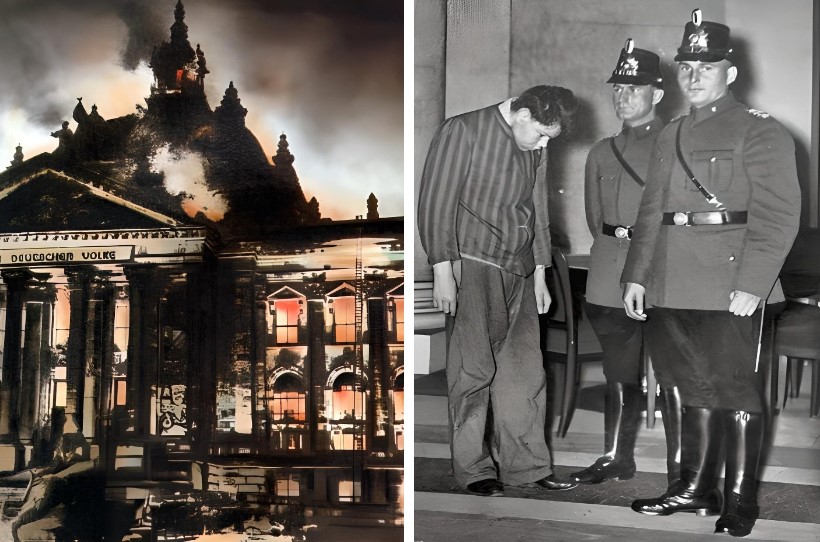
The Reichstag elections in the first week of March provided an opportunity to see whether the German nation approved the new government. However, just before the day of voting, the Nazis gained the upper hand: On the evening of February 27, Hindenburg had dinner with people working with him in Herrenklub, just around the corner from the Reichstag. He suddenly saw something shining outside on the street. Everyone ran to the windows. They saw the Reichstag’s huge, gilded dome sparkling.
Adolf Hitler had dinner at the house of Goebbels, Minister of Propaganda, and was listening to the record on the gramophone. A phone rang to report that the Reichstag was on fire. Hitler and Goebbels were on the scene within minutes. They immediately declared the fire an arson act and that the communists were attempting to start the “red revolution“.
As Hitler watched the Reichstag collapse, his right-hand man, First World War air hero and current Reichstag President Hermann Göring, shouted, “Every Communist official must be shot.” The next morning, while the smoke was still rising from the remnants of the Reichstag, Hitler convinced Hindenburg to declare a “state of emergency.” The right to liberty was suspended, and the police were given the authority to arrest and detain anyone without a trial.
Thousands of communists and liberals, including the Reichstag members, were gathered and imprisoned. A young man was arrested and convicted of setting the Reichstag on fire. However, there was an overriding belief that the explosion that led to the fire was actually the job of a Nazi detachment that took action upon the open orders of Goebbels and Göring.
Shortly after the Reichstag fire, Marinus van der Lubbe, a former communist and mentally disabled Dutchman, was arrested and put to death for setting the fire. Although he admitted his guilt and was known as the arsonist, Lubbe has been proven to be ruled by the Nazis.
Nazis undid democracy
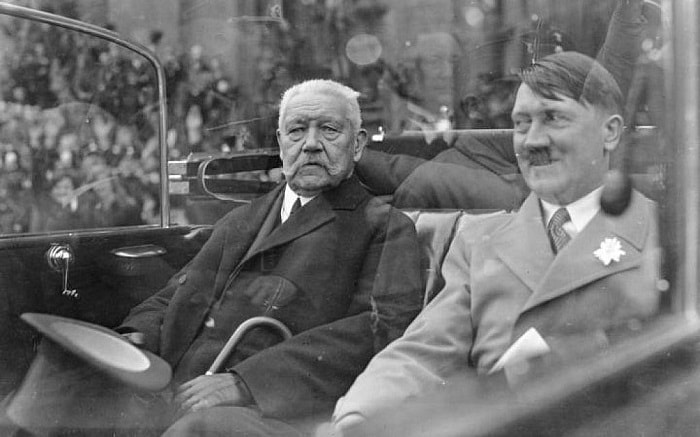
The Nazis tried to impress and convince the mass of voters, sometimes by frightening them and sometimes by flattering them. However, they still did not achieve the majority in the March 5 elections. Still, 44% of the votes, which was more than any other party, gave Hitler the power to get rid of democracy and set up a dictatorship in Germany.
Hitler decided to open the new Reichstag with a stage show at the old Garrison Church in Potsdam, where the great emperor Frederick the Great was buried. Again with cunning symbolism, March 21 was chosen as the date of the ceremony, and this date was when Bismarck opened the first Reichstag in 1871. Everything was prepared to emphasize that the old Germany is integrated with this new Germany.
The houses in the old capital were completely decorated with Swastika flags and red-black-white imperial flags. Elderly army officers in imperial uniforms at the church were next to the Nazis in black and brown clothing.
While Hindenburg prayed for Hitler, saying, “to save the old soul of this famous temple from selfishness and party fights, thus bringing the nation together as a proud and free Germany,” Hitler kneeled and thanked the president for restoring the pride and honor of the motherland.
Two days later, the Reichstag gathered at the Potsdam opera house and approved an Enabling Act, which gave Hitler unlimited authority, with an overwhelming majority of 441 against 94. German democracy took its last breath.
By the summer of 1933, all political parties except the National Socialist Party were closed. The state’s and the party’s solidarity were officially confirmed by law in December. To emphasize this point, the “Hitler salute” was made mandatory while the national anthem played.
In June 1934, the German nation accepted the dictation of Hitler by displaying no reaction to the sinister “Night of the Long Knives.” During the bloody weekend, many former comrades, including the ones who helped Hitler come to power, were also among the killed.
IMPORTANT DATES ABOUT ADOLF HITLER
April 20, 1889: Birth of Adolf Hitler
Adolf Hitler was born on April 20, 1889, in the remote Austrian hamlet of Braunau. At the age of fourteen, he lost his parents: a customs officer and a lady of peasant stock.
February 24, 1920: Hitler presents the Nazi doctrine
Adolf Hitler gave his first public presentation of Nazi doctrine to an audience of around 2,000 people at the Hofbräuhaus in Munich. It was his idea to form a Nazi party in order to establish a “racist national socialist state.” Five years later, in 1925, Hitler released his book program “Mein Kampf” (My Struggle or My Battle).
January 30, 1933: Hitler becomes German Chancellor
Hitler was named Reich Chancellor by the President of the German Republic, Field Marshal Paul von Hindenburg, despite his weak credentials for the position. He had a bad attitude toward the Nazi party’s top dog, whom he called a “Bohemian corporal.” A new administration of “national concentration” was ordered into place by Hindenburg and given to Adolf Hitler to lead. Hitler became Chancellor, Göring became Prussia’s Interior Commissioner, and Frick became the Minister of the Interior, all key posts held by members of the Nazi party in the new administration. After Hindenburg passed away on August 2, 1934, Hitler took over as head of the German Reich.
February 27, 1933: Reichstag fire
There was a fire at the German parliament building during the night. A Dutch communist named Marinus van der Lubbe was arrested near the inferno’s epicenter. As the new chancellor, Adolf Hitler promptly found him guilty, labeling the crime a communist conspiracy. The NSDAP used the incident as an excuse to wipe out communists in Germany. The next day saw the arrest of four thousand CP leaders.
March 16, 1935: Hitler reinstated military service
Adolf Hitler, the Chancellor of Germany, declared the reinstatement of mandatory military duty. Also, he wanted to double the strength of the army from 100,000 to 500,000. The Allies, including France, England, and the United States, watched helplessly as the Treaty of Versailles was broken for the first time. Hitler was now very open about his plans to build an aggressive and formidable army.
September 15, 1935: Creation of the Nuremberg Laws
Hitler’s first anti-Semitic measures were enacted at the Nazi Party Congress in Nuremberg. Among other things, Hitler stripped Jews of their German citizenship and outlawed their relationships with, and even friendships with, “Aryans.” These regulations were the first step in a process of exclusion that would ultimately lead to the “Final Solution” and the Nazis’ 30 months in power.
March 7, 1936: Germany violates the Treaty of Versailles
The Ruhr Neutral Zone was occupied by the Wehrmacht. German Chancellor Adolf Hitler proclaimed the Treaty of Versailles’s clauses null and unenforceable, including those that required Germany to demilitarize the Ruhr. Despite widespread indignation, Western nations did little to stop Germany from breaking international law. It had been a year since the unauthorized reinstatement of mandatory military duty. In 1938, when the Führer authorized an invasion of Austria, the agreements on the boundaries were once again disregarded.
March 13, 1938: Hitler carried out the Anschluss
Hitler authorized an early morning invasion of Austria after the forced resignation of the Austrian government. The Austrians applauded the Reich’s troops, who quickly and easily took control of the land. The German chancellor marched through his hometown, Braunau am Inn. In the guise of the “Anschluss,” the “attachment,” Hitler announced the reunification of Austria and Germany. This reunion between the two nations, outlawed under the treaties of Versailles and Saint-Germain, was attempted as early as 1934 but failed under the threat of Italy, and still the Western democracies did not respond. In a referendum that Hitler orchestrated, the people of Germany and Austria overwhelmingly voted in favor of the annexation. As the Nazis moved Austria to the eastern side of the board, it became known as the “Ostmark,” or eastern march of the Reich.
September 30, 1938: Signing of the Munich Agreement
At midnight, in Munich, Adolf Hitler, Benito Mussolini, and the British and French prime ministers, Chamberlain and Daladier, signed an agreement settling the status of Czechoslovakia. France and Britain caved in to German demands after twelve hours of discussions in order to prevent a new war in Europe. Despite its reluctance, the Czechoslovak government ultimately caved in to the demands of the major nations and admitted that their country had violated the Treaty of Versailles and Saint-Germain-en-Laye. The gathering was a huge success for Germany. The following day, Hitler invaded the Sudetenland, starting the process of demolishing Central Europe’s lone democracy. Over time, the Munich Agreement came to represent the inability of European democracy to effectively counter Nazism.
August 23, 1939: The German-Soviet Pact
In Moscow, the Soviet Union and Germany signed a 10-year no-aggression deal. Their sphere of influence over Eastern Europe was allocated according to a covert system. Hitler declared war on Poland on September 1, having secured the Soviet Union’s neutrality in the process. Stalin then proceeded to conquer Romania, the Baltic States, and Finland as a result. When Hitler attacked the Soviet Union on June 22, 1941, he violated this treaty.
September 1, 1939: The Wehrmacht invades Poland
Hitler invaded Poland 20 years after the conclusion of World War I, a conflict that many survivors hoped would be the “la der des ders” (the final one). The next day, both Britain and France declared war on Germany. World War II had officially begun, and before it ended in 1945, it had claimed the lives of almost fifty million people. Poland’s antiquated military would be quickly defeated. During the Nazi occupation, Poland’s situation was especially grim.
May 10, 1940: Hitler invades Belgium
After France and England declared war on Germany, it took Germany 7 months to break the western front. In this way, the Führer ended the “phony war” by unleashing his army against the Netherlands, Belgium, and France. 8 to 10 million Belgians and Frenchmen took to the highways in a matter of days. On May 15 and May 27, respectively, the Dutch and Belgian armies capitulated. On June 14, the Germans invaded Paris, prompting Marshal Pétain to request an armistice, which was agreed on June 22.
June 22, 1941: Operation Barbarossa in the USSR
The Soviet Union was invaded by German forces. Barbarossa was the codename for this military mission. Even after being warned by his secret agencies, Stalin did not believe Hitler would violate the non-aggression agreement they had struck two years previously. Winston Churchill, the British prime minister and an outspoken opponent of Bolshevism, quickly declared his support for the Soviet Union. Despite early success against a weakened Red Army, the Wehrmacht was unable to advance on Moscow due to the onset of winter. The Nazis conducted a considerably bloodier war in the Soviet Union than they did in the West because they saw the Slavs as subhuman and communism as their major opponent. Inciting more national pride among all Russians was exactly the wrong move.
July 20, 1944: Assassination attempt against Hitler
The “Führer” was spared a murder attempt by the German military aristocracy while attending a conference at the headquarters in Rastenburg. The Home Army’s Chief of Staff, Count Claus von Stauffenberg, plotted the offensive to either reinstate the monarchy or establish a conservative dictatorship. He detonates the device himself by sliding a suitcase full of explosives beneath the conference table. However, the lucky break came when someone shifted the luggage. It exploded around noon, far from Hitler. His wounds were minor. Himmler took over after Stauffenberg’s execution that same night.
30 April 1945: Hitler commits suicide
Hitler and his lover Eva Braun killed themselves in their bunker on April 30, 1945, as Russian troops were getting close to Berlin.
Bibliography:
- Aigner, Dietrich (1985). “Hitler’s ultimate aims – a programme of world dominion?”. In Koch, H. W. (ed.). Aspects of the Third Reich. London: MacMillan. ISBN 978-0-312-05726-8.
- Doyle, D (February 2005). “Adolf Hitler’s medical care”. Journal of the Royal College of Physicians of Edinburgh. 35 (1): 75–82. PMID 15825245.
- Bauer, Yehuda (2000). Rethinking the Holocaust. New Haven: Yale University Press. p. 5. ISBN 978-0-300-08256-2.
- Beevor, Antony (2002). Berlin: The Downfall 1945. London: Viking-Penguin Books. ISBN 978-0-670-03041-5.
- Bendersky, Joseph W (2000). A History of Nazi Germany: 1919–1945. Lanham: Rowman & Littlefield. ISBN 978-1-4422-1003-5.
- Bloch, Michael (1992). Ribbentrop. New York: Crown Publishing. ISBN 978-0-517-59310-3.



